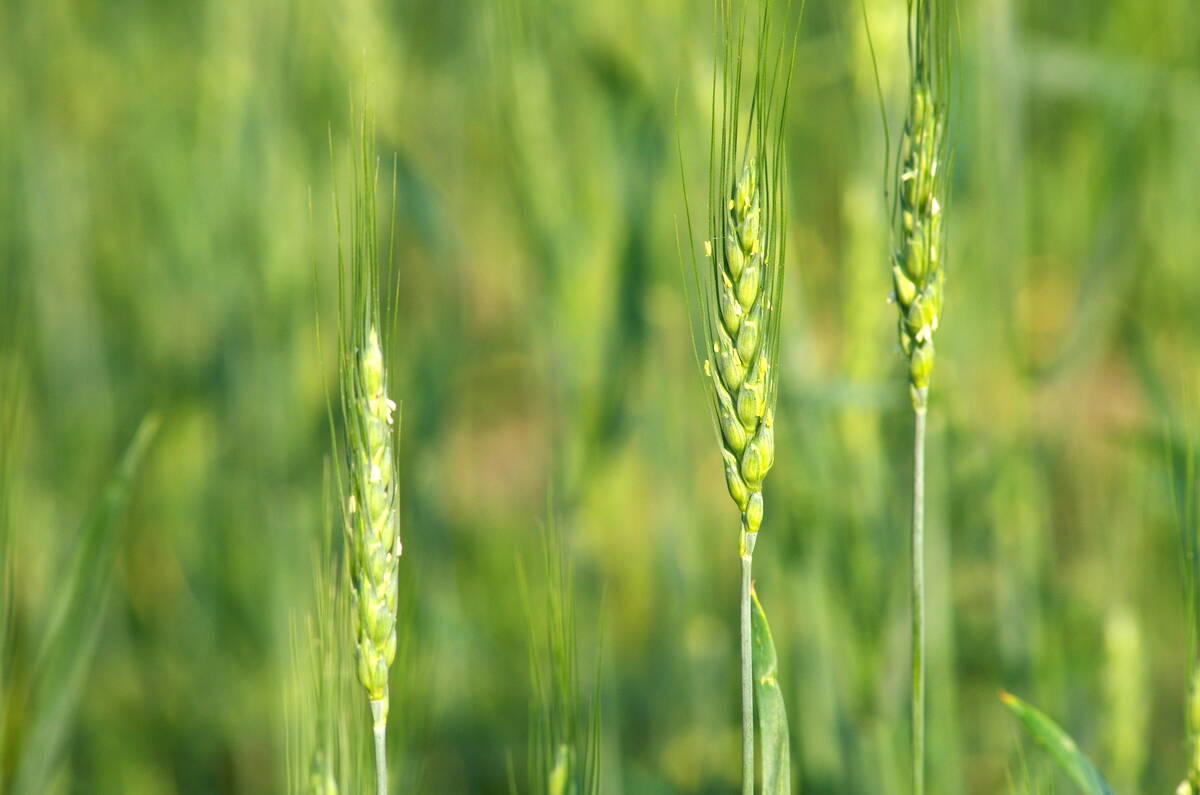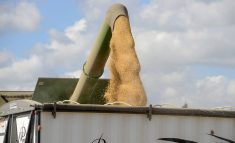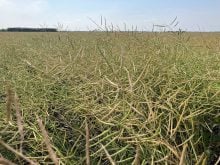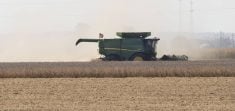I recently read The New Merchants of Grain: Out of the Shadows by Jonathan Kingsman. It’s like an updated version of the 1979 classic Dan Morgan book The Merchants of Grain.
The book follows a series of interviews and discussions with senior executives from many well-known grain companies like ADM, Bunge and Glencore but also some of the newer large overseas players like COFCO (China Oil and Foodstuffs Corporation) and Wilmar operating out of Singapore.
While a lot has changed in the past 40 years, the book provides insight into the current state of the agriculture industry shaped by predominant trends of the past four decades that will likely continue. Three of the main and often interrelated themes are geopolitical influences, ever-changing commodity price market risks and opportunities and vertical integration and consolidation within the agriculture industry.
Read Also

Code cracked on nitrogen-fixing wheat?
U.S. crop breeders have created a wheat variety capable of fixing its own nitrogen rather than relying on fertilizer.
Geopolitical issues will always have an impact on business, especially a global industry like agriculture where China will continue to be the main factor. This is where COFCO, the largest Chinese state-owned food processor and manufacturer, comes into play.
As highlighted in the book, “the company may prioritize securing strategic food supplies for China over commercial aims. In an era of rising trade tensions, it doesn’t think like a business, it thinks like a government. Everything starts and ends with Chinese demand; understand what the biggest national buyer is doing and you control the trading game.”
At the same time, a recent move back to nationalism is causing major trade flow disruptions and China can no longer depend on the United States as a reliable supplier. It will certainly try to diversify its buying options into South America, sub-Saharan Africa, Russia and the Black Sea. That will make it more difficult for U.S. grain farmers for the next 10 to 20 years and beyond.
The rivalry between the U.S. and China is not short term. It is the new normal and it could get more difficult for American companies to sell to China. Price discovery in China will get more difficult as well.
There are also issues with Russia. As some traders said in the book, they are concerned that the Russian government wants to take centralized control of grain exports in the Black Sea region. Export volumes have increased so the government may now be considering grain as a foreign policy tool, just as it has been doing with the natural gas and energy in Europe.
Perhaps because of these geopolitical factors, many traditional trading and grain houses have been moving away from low-value, low-margin commodities into high-value and high-margin ingredients. This has resulted in a continuous flow of vertical integration and consolidation activity across the globe.
From packaged goods downstream, to consumer retail products, to farm input distribution, vertical integration reduces risk for grain companies but also gives them more pricing power along the entire supply chain. As grain companies transform into food companies, grain trading is becoming a supportive or ancillary part to the growth of their business as opposed to the focus of the business itself.
Will this change their relationship with the farmer from one where the farmer is a customer of the grain companies to one where the farmer is a valuable supplier of important inputs?
Farmers are expanding on-farm storage and logistics capacity as well as increasing their marketing knowledge and sophistication. Do these trends give farmers more negotiating power along the supply chains to help level the playing field? Or, because of all the industry mergers and takeovers, will the David-versus-Goliath situation persist?
Unfortunately, the famous quote by John F. Kennedy still rings true more often than not: “The farmer is the only person in our economy who buys everything at retail, sells everything at wholesale and pays the freight both ways.”
Palm oil is another game changer. Demand has been growing rapidly in both China and India. It is the cheapest oil in the world to produce and the most versatile. Soybean oil is suitable for salads but not good for deep-frying. You can’t use soybean oil for making soap and you need to hydrogenate it to make margarine and shortening.
In contrast, palm oil can be used for stir-frying, deep-frying, margarine, shortening, soap and oleo chemicals. It is the most economical and efficient vegetable oil, especially in terms of land use. The accusation that palm oil is not environmentally friendly is no longer fair. This commodity will continue to be a global benchmark and price setter for vegetable oils, so it is important to track palm oil futures prices.
Then there’s biofuel. Many are concerned again about the competition between food and fuel. For instance, it was pointed out that more than 40 per cent of U.S. corn production is used for ethanol and more than 50 per cent of European rapeseed oil is used to produce biodiesel.
Some analysts argue that ethanol adds about $1 per bushel to the price of corn. So, if fuel demand disappeared, farm incomes would collapse along with grain prices.
What’s the lesson in all this? Evolving trends from Chinese buying patterns to global biofuel and renewable energy policies, weather activity and the flow of international commodity investment will cause more market volatility and price dislocations.
This could be especially true if inflation continues to increase, countries stockpile food and people think commodity investments are a good hedge against inflation.
There are ways to deal with these market risks and opportunities, including the need for additional marketing strategies such as hedging with options and futures. Farmers have always been good at learning, adapting and being flexible in attempts to balance the agriculture playing field even as the market dominance of global players continues to increase.















